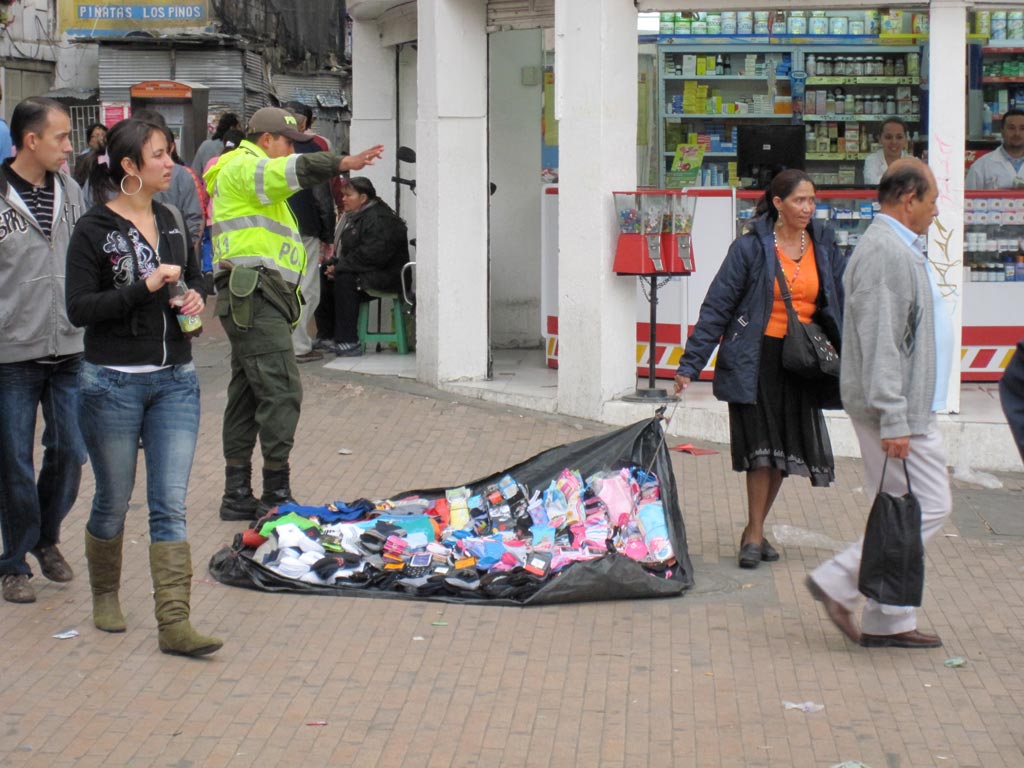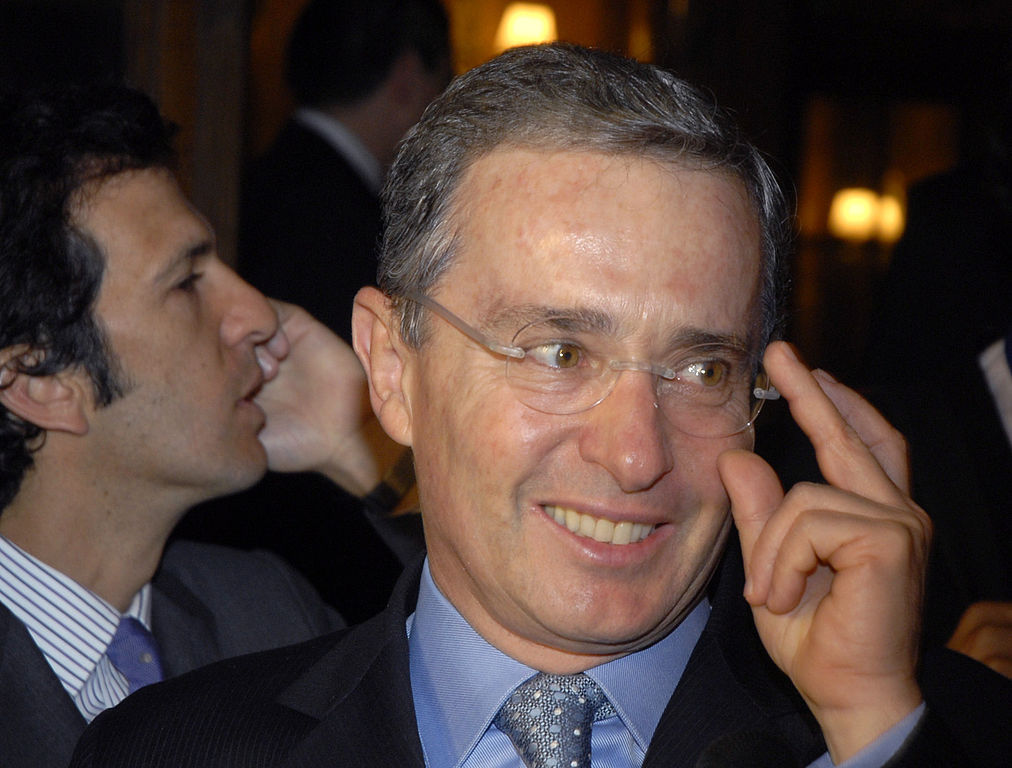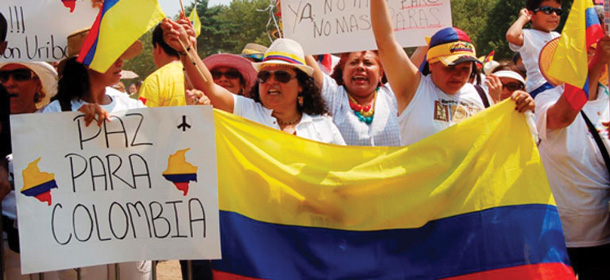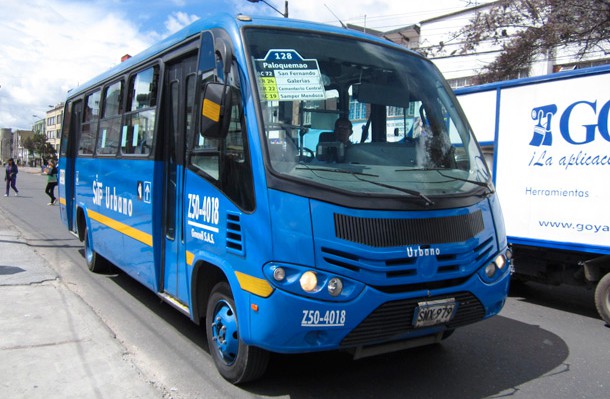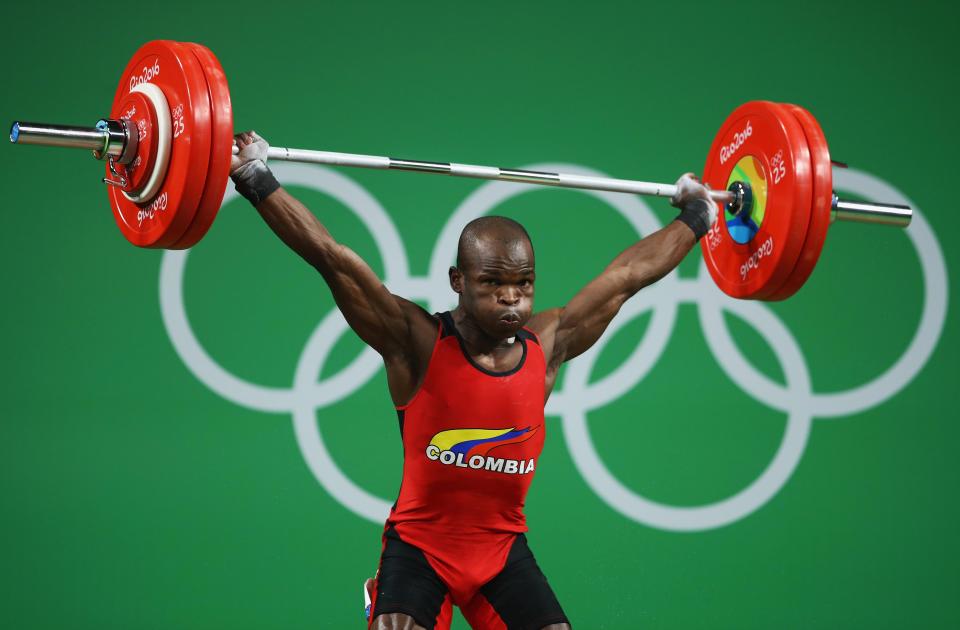Tensions have been rising in the run up to Colombia’s national strike (paro nacional), which will take place tomorrow, November 21. It’s the first national strike in three years, and a multitude of disaffected groups will take to the streets to protest across the country. We take a look at who will be protesting and why, and why the government is so concerned about what might happen.
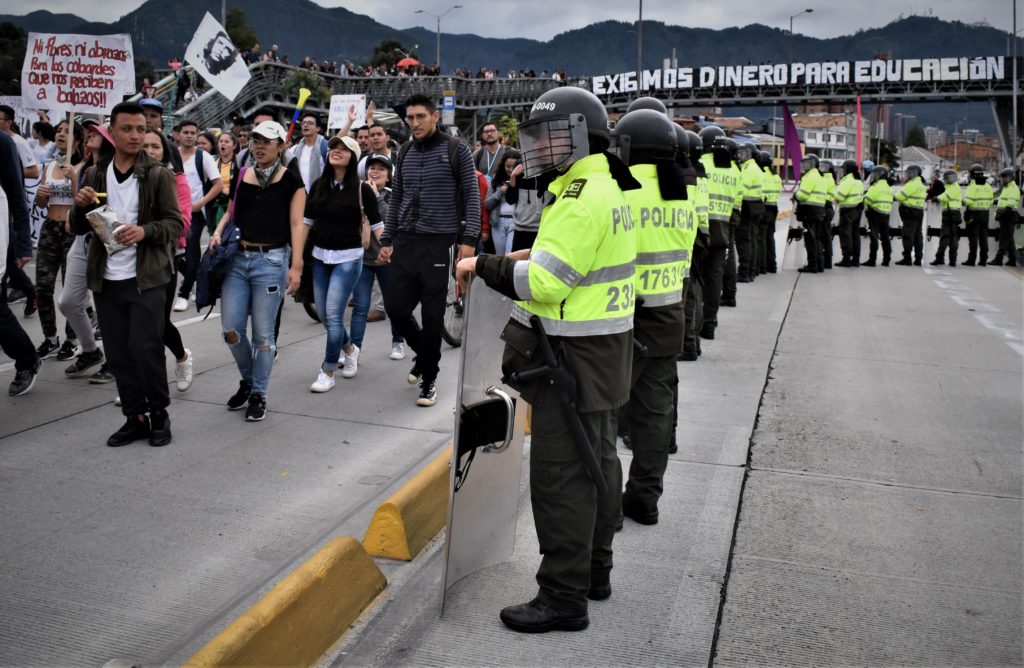
Who’s striking?
This year, as with many recent years, we’ve already seen protest action from students, trade unions, indigenous groups and many more. Tomorrow’s strike is a national strike, which means it’s not organised by any one group – rather, a mixture of all of them.
Over 40 workers’ unions will strike tomorrow, along with peace activists, women’s rights groups, student campaigners, indigenous groups, environmental organisations and of course ordinary people.
Why are they striking?
Just as there’s no single group taking part in the strike action, there’s not one single reason for striking either. A recent Gallup poll put President Duque’s disapproval level at 69% compared with an approval rate of just 26%. The disapproval rate has grown from 37% when he first took power in August, now reaching its highest level.
There is a frustration about a rise in living costs – especially in comparison with the minimum wage – corruption, the VAT increase, issues with the health system and the cost of petrol. The Gallup poll showed that in general, Colombians are not optimistic about the future (70% believe that things are getting worse) and that an increasing number of people are concerned about guerrillas, especially following the announcement that certain dissidents will return to arms.
Read more about the national strike:
November 21 in photos
Strike leaders tell government to listen to people’s demands
Follow all our coverage on Colombia’s national strike.
Rumoured labour and pension reforms
One trigger for Colombia’s national strike was a proposal from the national association of financial institutions (ANIF) to pay young people 75% of the minimum wage. Another was a proposal by former president Uribe – who supported Duque in his presidential campaign – to reduce the working week, which could also impact people’s pensions. And a third was the possibility to increase pension contributions and change the way Colpensiones works. The government has denied it has plans to implement any of these proposals.
Threats to indigenous groups
As we reported last week, 135 indigenous people have been killed since Duque became president. Four died in a recent massacre in Cauca, sparking national and international calls for action. While the government has promised to send more troops, the Nasa people in Cauca say that increased military presence is not the answer. They are demanding real long-term measures to protect their communities.
Social leader murders
Somos Defensores, a human rights group, recorded 591 attacks on human rights defenders between January and June this year – up from 397 in the same period from the year before. It estimates that over half (53%) of the attacks were carried out by paramilitary groups and 28% carried out by unknown perpetrators. FARC dissidents, the ELN and security forces were responsible for the remaining 19%. This is just one example of the increase in armed group activity since the peace process was signed and the continued rise in violence, especially the attacks on community leaders, is of concern to many Colombians.
Peace process implementation
The assassinations of social leaders and attacks on indigenous communities are two of the most visible aspects of the surge in violence in rural Colombia. While it was always going to be challenging to end half a century of conflict, many Colombians and former FARC fighters are frustrated by the weakening of several aspects of the peace accord.
Student promises
The government ended nationwide student protests that had gone on for over two months last year by committing to increase the education budget. Students have already mobilised again this year, accusing the government of breaking its promises. Adding to that was an expenses scandal at the District University which the ESMAD riot squadron reacted to in a heavy-handed manner, sparking further protests. Many universities have already cancelled classes for tomorrow.
What’s the government saying?
The wave of recent unrest in other Latin American countries has put the Colombian government on high alert. It’s been on what could be described as a two-pronged offensive. One is a PR and media campaign to try to counter claims being made by the protestors and win people over. The other is an activation of state forces in preparation for possible violence.
Duque has appeared on television, radio and social media to reassure the public. In fact, he’s launched a new programme called Conéctate con Duque which will be broadcast every fortnight. In the first episode, he stressed that there is no plan to pay young people less than the minimum wage, and committed to work to close social gaps, improve the economy and protect the environment.
On the other side, he’s hit out at those calling for violence and social resistance on social media and repeated the message several times that security forces will “take preventative measures to guarantee public order.”
To this end, Migración Colombia closed all river and land border crossings with Ecuador, Peru, Brazil and Venezuela midnight on November 19. They will reopen at 5am on November 22. The head of Migracion, Christian Krüger, also announced ‘verification measures’ to ensure any foreigners participating in the protests do so peacefully.
The Bogotá police reported they had carried out 27 raids in the municipality of Soacha, arresting two people and seizing explosives (for making potato bombs) and spray cans. Peñalosa announced there would be 120 ‘coexistence managers’ on the streets, along with 4,000 police officers, working to ensure the safety of those who participate in the marches.
What can Bogotá expect during Colombia’s national strike tomorrow?
Rain. One thing that’s pretty certain is that the storms of people on the streets will be accompanied by storms of the meteorological variety. As with previous days, electrical storms and heavy rains are forecast. Transport may well collapse, so make sure you have warm and waterproof clothes as well as somewhere to shelter if needed.
The marches are scheduled to start at 9am with over 30 meeting points across the city, several of them finishing in the Plaza de Bolívar. A number of companies have told employees to work from home due to fears that the protests might escalate. There’s almost certain to be tear gas, so if you are out on the streets, bring a scarf or something to cover your face.
While many of the strike groups on social media are calling for peaceful marches, authorities are already preparing for things to turn violent. In addition to strengthening the armed response, the interior ministry has announced that local authorities will have the power to impose curfews and ban the consumption of alcohol.

